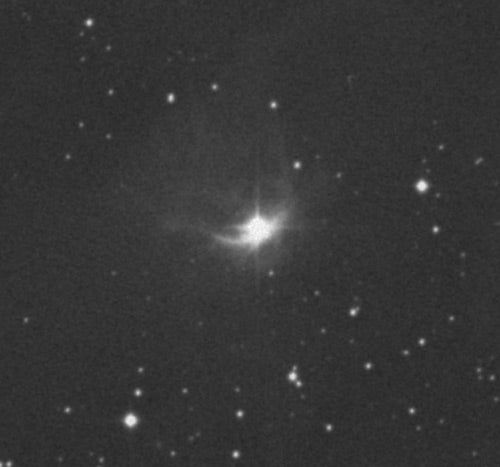Astronomers theorize magnetic fields located in the innermost regions of accretion disks force material inward, toward a central star. While models of the magnetic influence exist, no field examples of this phenomenon have been detected. For the first time, astronomers have observational evidence supporting this theory.
Young stars, such as this one, can beef up by devouring material from accretion disks. The magnetic field inside slows the disk’s rotation, causing material to move toward the central star. Magnetic fields have been found in external regions of a few protostar disks, but this marks the first time the action has been measured inside a central, dense area.
Before the FU Orionis observations, astronomers had theorized magnetic energy flux pushes surface plasma away from the disk, creating a wind or jet shooting from the object. In measuring the FU Orionis polarization, the team found that magnetism slows down disk material much more than models predict. This could explain why FU Orionis fails to create jets.
The team’s findings appear in the November 24, 2005, Nature.










